Six key contents of administrative reform of the Customs sector in 2021-2025
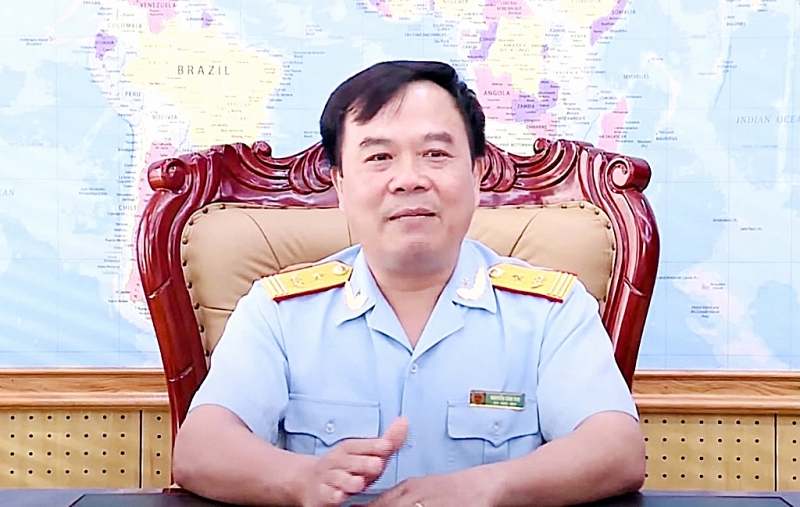 |
| Deputy Director General of Vietnam Customs Nguyen Van Tho |
Deputy Director General, what is the purpose of the administrative reform plan for the 2021-2025 period?
In order to promote the results of administrative reform for the 2016 - 2020 period, and at the same time effectively implement the Administrative Reform Plan for the 2021 - 2025 period of the Ministry of Finance in Decision No. 1924/QD-BTC dated September 9, 2021, closely following the orientation to develop the Customs Development Strategy for the 2021 – 2030 period, the General Department of Vietnam Customs has recently issued the Administrative Reform Plan for the 2021 - 2025 period in Decision No. 2764/QD-TCHQ dated October 29, 2021.
The administrative reform plan for the 2021 – 2025 period of the General Department of Customs was promulgated with the aim of continuing to build an administration serving the people, which is professional, modern, streamlined, and ensures publicity, transparency and efficient management following the Party's viewpoints, policies and guidelines on comprehensively and synchronously promoting the renovation work in the 2021 – 2025 period.
Towards the interests of people and businesses; taking people and businesses as the center; taking the satisfaction of people and businesses as a measure to evaluate service quality of Customs units. In particular, administrative reform contents must be carried out synchronously, consistently, in line with practical conditions and contribute to promoting the successful implementation of the Customs sector's development goals.
According to the administrative reform plan in this period, what contents will be focused on by the General Department of Customs, sir?
The administrative reform plan for the 2021 - 2025 period focuses on six contents: institutional reform; administrative reform; organizational reform of the state administrative apparatus; public service reform; public finance reform; building and developing e-government and digital government.
In particular, the main content of administrative reform in the next five years is reform of customs institutions, focusing on building and perfecting the institutional system of the administrative system and improving the effectiveness and efficiency of law enforcement; building a professional, capable and qualified team of customs officers and public employees to meet the requirements of Customs development.
In order to concretize six administrative reform contents, the General Department of Vietnam Customs has set out 28 key tasks in the 2021 – 2025 period. Some important tasks include continuing to research and supplement other important solutions to speed up cargo clearance to support people and businesses affected by the Covid-19 pandemic; implementing the program of reducing and simplifying regulations related to business activities in the 2020 – 2025 period according to Resolution No. 68/NQ-CP dated May 12, 2021 of the Government; completing the connection of the National Single Window Portal with the National Public Service Portal in 2022; submit to the Prime Minister for promulgation regulations on functions, tasks, powers and structure of General Departments of Vietnam Customs to replace Decision No. 65/2015/QD-TTg; to build an internal control system of the Customs authority based on audit performance; implement the roadmap to reduce Vietnam's import tax in international trade agreements to which Vietnam is a member; building a Digital Customs System towards a Smart Customs model.
Can the Deputy Director General be more specific about the contents of the administrative reform plan for the 2021-2025 period?
In the administrative reform plan for the 2021 – 2025 period, the Customs sector has set out six key contents, as follows:
First, the Customs sector aims to continue building and perfecting the institutional system in the customs field to meet the requirements of building a socialist-oriented market economy, supporting people and businesses to recover production and business severely affected by the Covid-19 pandemic, create a favorable and healthy business and investment environment, ensure freedom and safety in business activities for all economic sectors, promoting innovation.
In particular, the Customs sector will perfect institutions and legal frameworks to promote the digital transformation process in the customs field, effectively serving the building and development of a digital government and a digital economy.
Secondly, the Customs sector continues to review, research and propose to reduce and simplify business conditions, document composition and optimize the administrative procedure settlement process on the basis of strong application of information technology; remove barriers restricting business freedom, innovation and improve the efficiency of implementing the national single window mechanism in handling administrative procedures.
Promoting the implementation of administrative procedures in the electronic environment so that people and businesses can perform anytime, anywhere, on different devices.
By 2025, to reduce and simplify at least 20% of regulations and compliance costs related to business operations. Towards reaching at least 90%; 80% the satisfaction level of people and businesses in handling administrative procedures when carrying out administrative procedures in the customs field, do not have to re-submit information, papers and documents that have already been approved by competent authorities.
Furthermore, the General Department of Vietnam Customs strictly controls the promulgation of regulations on administrative procedures, ensuring that newly promulgated administrative procedures are simple, easy to understand and focus on administrative procedures that have a large volume and frequency of transactions.
Besides that, General Department of Vietnam Customs has operated and effectively exploited the administrative procedure database on the National Public Service Portal; promoting decentralization in handling administrative procedures; promptly removed obstacles through strengthening dialogue, collecting opinions from people and businesses, assessing the effectiveness and measuring satisfaction with the settlement of administrative procedures.
Third, continuing to review the functions and tasks of the units under the General Department of Vietnam Customs; strengthen reform and improve working methods in order to enhance the effectiveness and efficiency of state management activities; rearrange and streamline the organizational system following regulations. The goal by 2025 is to clearly define the functions, tasks and powers of each affiliated agency and organization in order to ensure effective operation, without overlaps, duplications or omissions.
The task of consolidating and streamlining the apparatus ensures its effectiveness, efficiency, and transparency, meeting the requirements of reform and modernization of the sector and international economic integration.
Strengthen decentralization associated with responsibility and authority; research and implement measures to innovate working methods, improve productivity and operational efficiency of the units under the General Department of Vietnam Customs. Strengthen the application of scientific and information technology in performance; strengthen the direction, administration and handling of work in the digital environment; organize online meetings and conferences.
Fourth, continuing the goal of building a professional, responsible, dynamic and talented public service. Implementing a mechanism of healthy, democratic, open and transparent competition in the appointment of cadres and in the recruitment of customs officers and public employees in order to attract truly virtuous and talented people. By 2025, the contingent of customs officers and public employees of the Customs sector has a reasonable structure, meeting the standards of job titles, employment positions and competency frameworks as prescribed.
To implement this, the whole Sector focuses on building a contingent of cadres, customs officers and public employees in the direction of “professionalism, responsibility, dynamism, transparency and efficiency”. Rearrange the contingent of cadres and officers of Customs units according to employment positions, capacity frameworks, ensuring the right people, the right jobs, improving quality in the structure.
Researching and implementing the competitive entrance exam to appoint the titles of leaders, managers at departmental and equivalent levels. Renovate the content and methods of training to improve the capacity, skills and quality for the contingent of customs officers and public employees associated with employment positions.
Fifth, in the 2021 – 2025 period, the Customs sector ensures the collection of state budget; strongly renovates the mechanism of allocation and use of state budget for administrative agencies and public non-business units in association with assigned tasks and output, in order to improve autonomy and self-responsibility and promote creativity; improve quality, operational efficiency; and control corruption in agencies and units.
By 2025, renovating the mechanism of decentralization of management and allocation of the state budget to ensure the initiative of agencies and units; strive to achieve at least 20% of public non-business units self-financing recurrent expenditures; innovate management, arrangement, exploitation and effective use of public assets.
Sixth, the Customs sector has increased the application of information technology, striving to basically complete the construction of Digital Customs by 2025, moving towards a Smart Customs model. Piloting big data technology (Big Data). The management system of executive documents is linked across the sector with 90% of documents at the General Department level; 80% of documents at the departmental level and 60% of documents at the branch level processed in the network environment (except for documents within the scope of state secrets); at least 80% of documents are circulated internally via electronic methods.
Piloting the application of artificial intelligence and virtual assistants in a number of key professional activities and operations of the Customs sector. At least 80% of administrative procedures in the customs sector that have financial obligations can make online payments, in which the percentage of online payment transactions reaches 50% or more.
100% of administrative procedures with high demand are built into online public services of levels 3 and 4 and provided on the Customs Portal. In particular, at least 80% of administrative procedures are integrated on the National Public Service Portal. Ensure that 100% of people and businesses using online public services in the field of customs are granted electronic identification and authentication smoothly and unified on all information systems of the General Department of Vietnam Customs.
Up to 80% of the information systems of the General Department of Vietnam Customs related to people and businesses that have been put into operation and exploitation are connected and interlinked through the National e-document exchange platform and integration and sharing data platform; information of people and businesses has been digitized and stored in national databases and specialized databases.
To accomplish this, the Customs sector will carry out digital transformation in customs management. By 2022, to complete the connection of the National Single Window Portal with the National Public Service Portal; build online interactive channels for people and businesses to participate and supervise the formulation and implementation of policies and laws that are carried out by Customs authorities.
Thank you!
Related News

VND 479 Billion contributed to state budget from violations handling
14:48 | 20/11/2024 Anti-Smuggling
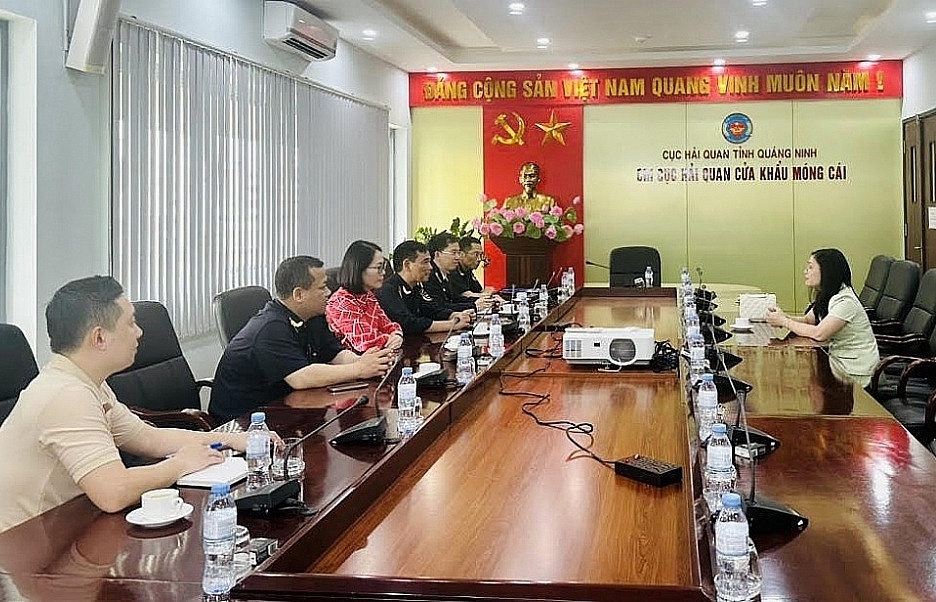
Mong Cai Customs sets new record in revenue collection
19:39 | 16/11/2024 Customs
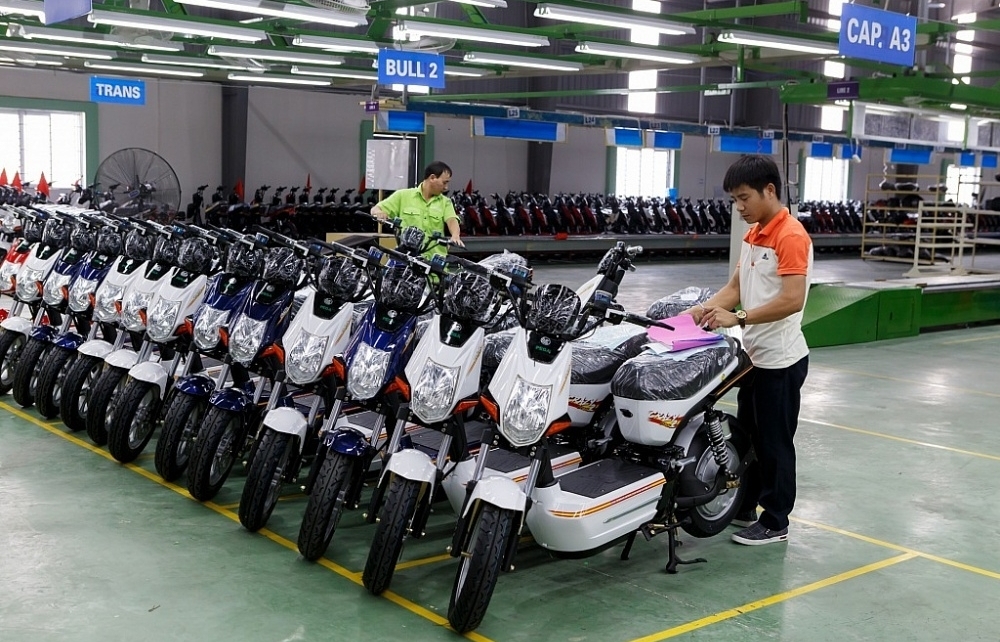
State revenue collection poised to surpass annual target
10:11 | 12/11/2024 Finance

Nghe An Customs surpasses challenges, achieves revenue target ahead of schedule
14:24 | 09/11/2024 Customs
Latest News

Southern Customs contributed many practical contents on customs supervision and control procedures
10:50 | 23/11/2024 Customs
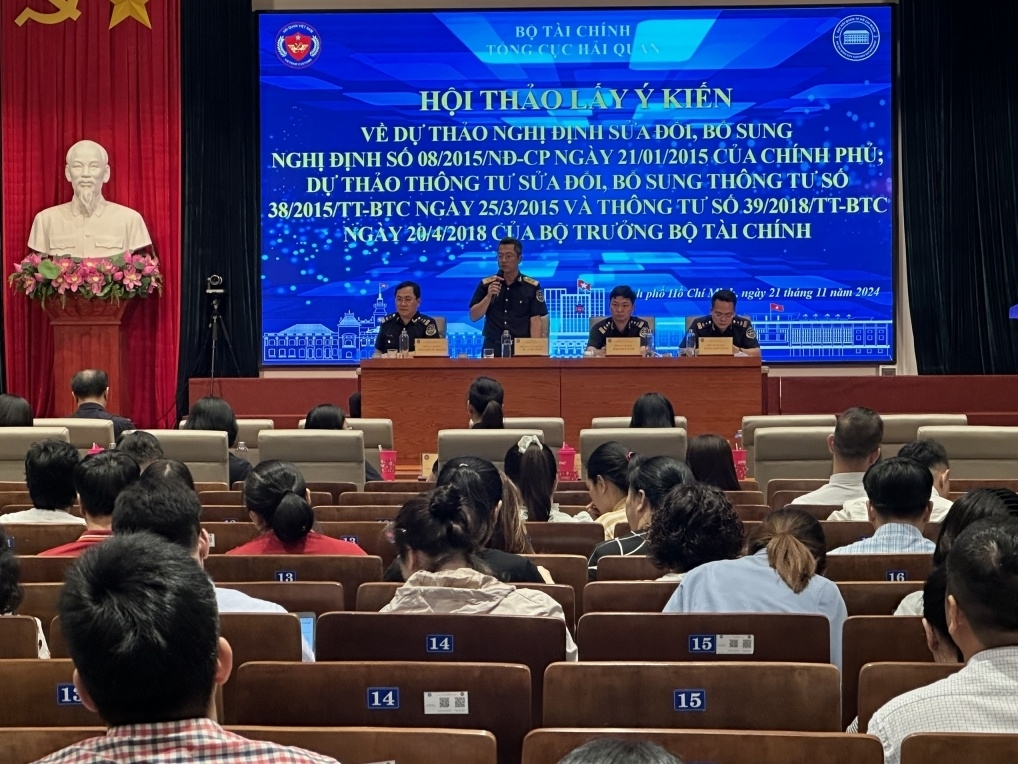
Over 300 Southern enterprises attend workshop to provide feedback to the General Department of Vietnam Customs
10:50 | 23/11/2024 Customs
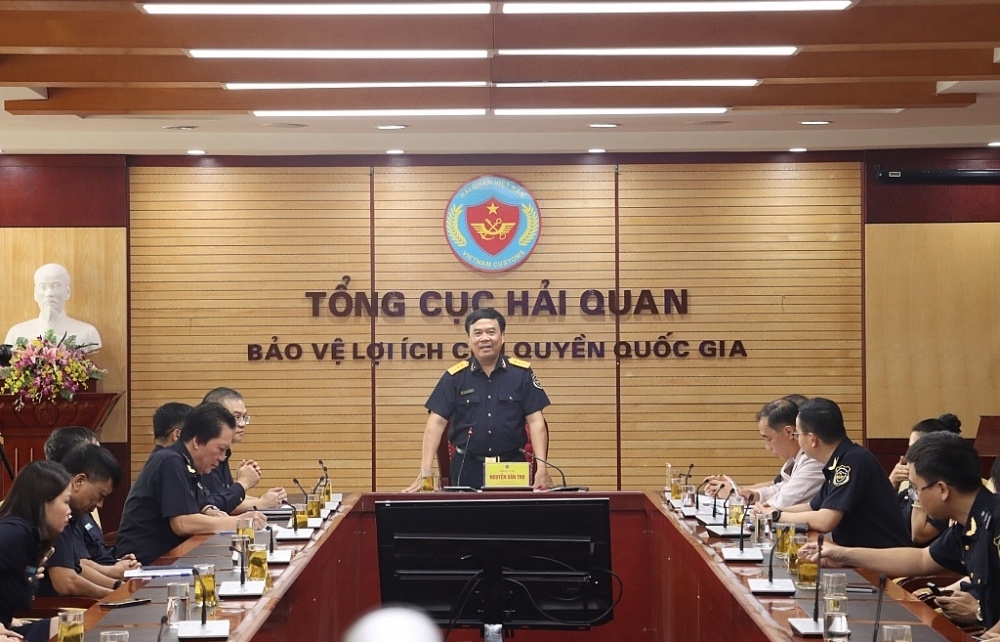
New Steering Committee to spearhead Customs Reform and Modernization
10:49 | 23/11/2024 Customs
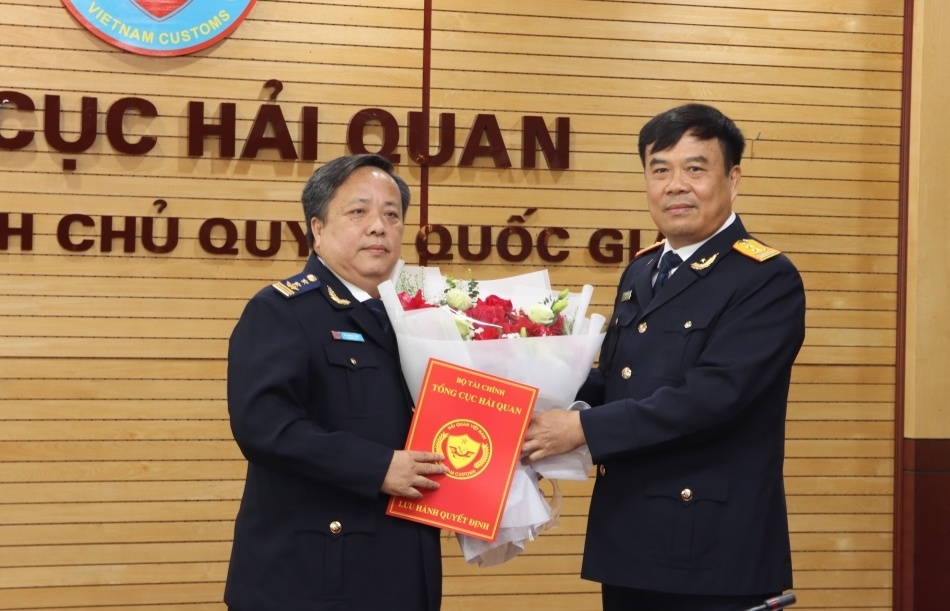
Appointment of new Directors for the Customs Reform and Modernization Board and Anti-Smuggling and Investigation Department
13:41 | 22/11/2024 Customs
More News
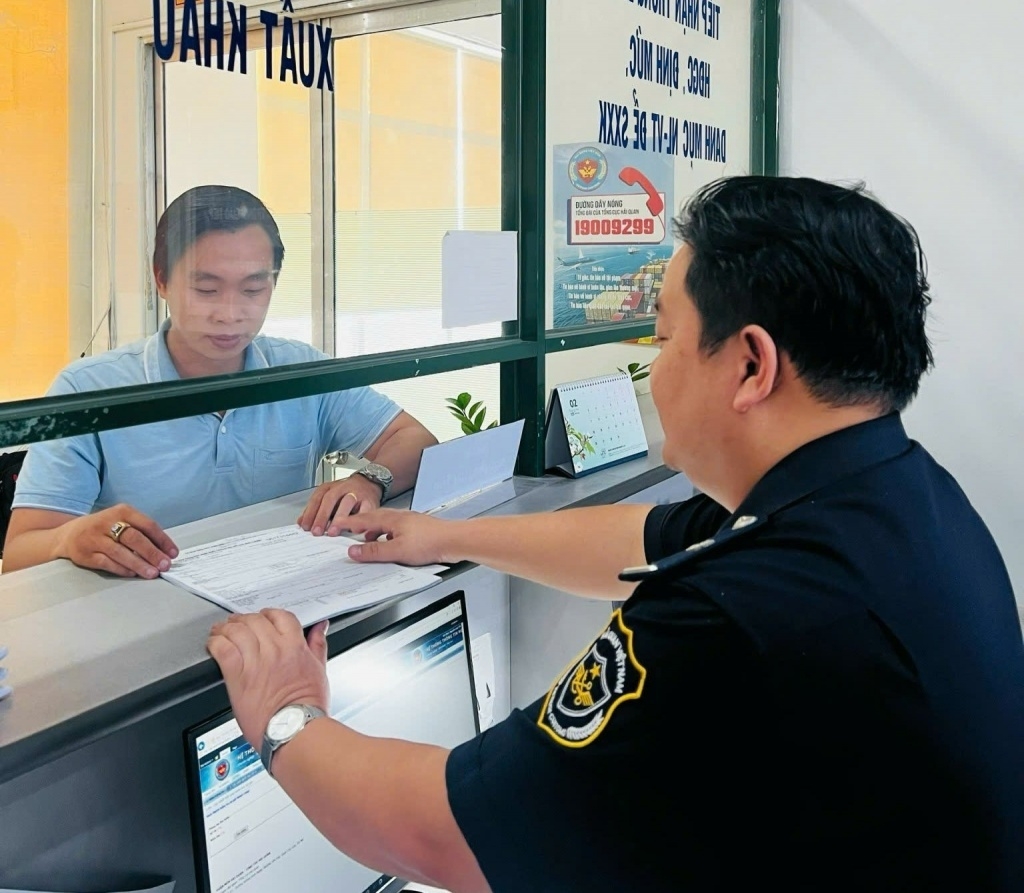
Binh Duong Seaport Customs Branch supports and facilitates enterprises
09:34 | 22/11/2024 Customs

Promoting Vietnam-Laos Customs cooperation
09:44 | 21/11/2024 Customs
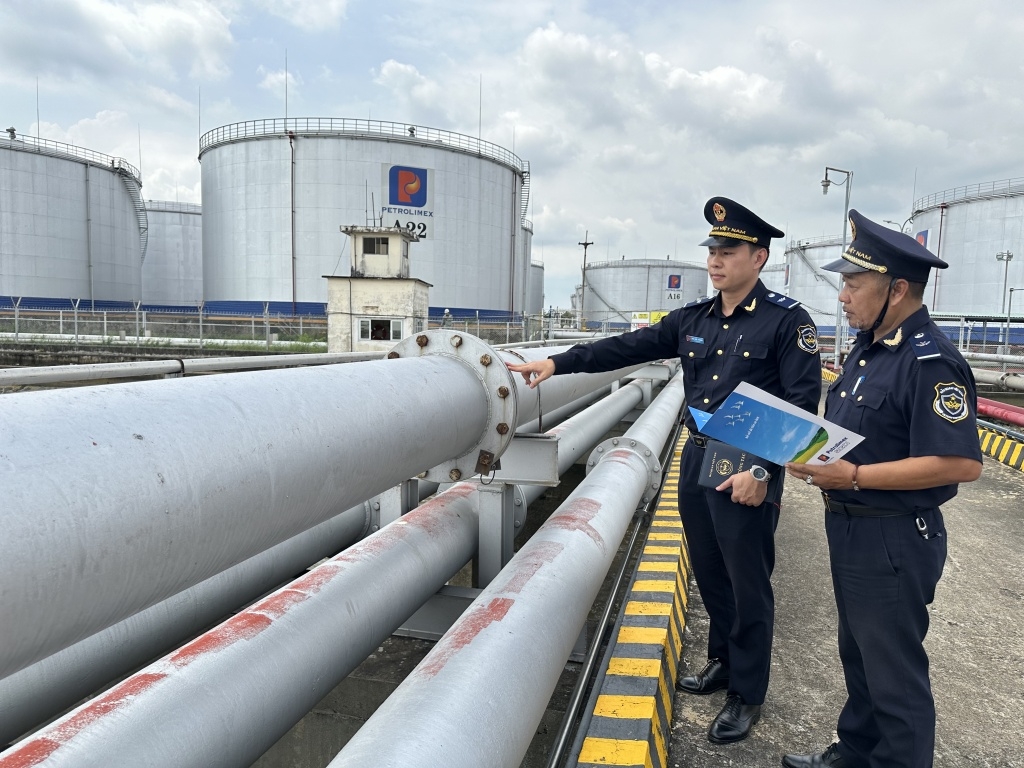
Ho Chi Minh City: Imported gasoline, iron and steel greatly affect state budget revenue
09:22 | 20/11/2024 Customs

Quang Nam Customs facilitates trade and increases revenue
09:41 | 19/11/2024 Customs

Quang Tri Customs: Revenue from imported coal plunges
10:05 | 18/11/2024 Customs

Closely control imported products traded via e-commerce
09:19 | 17/11/2024 Customs
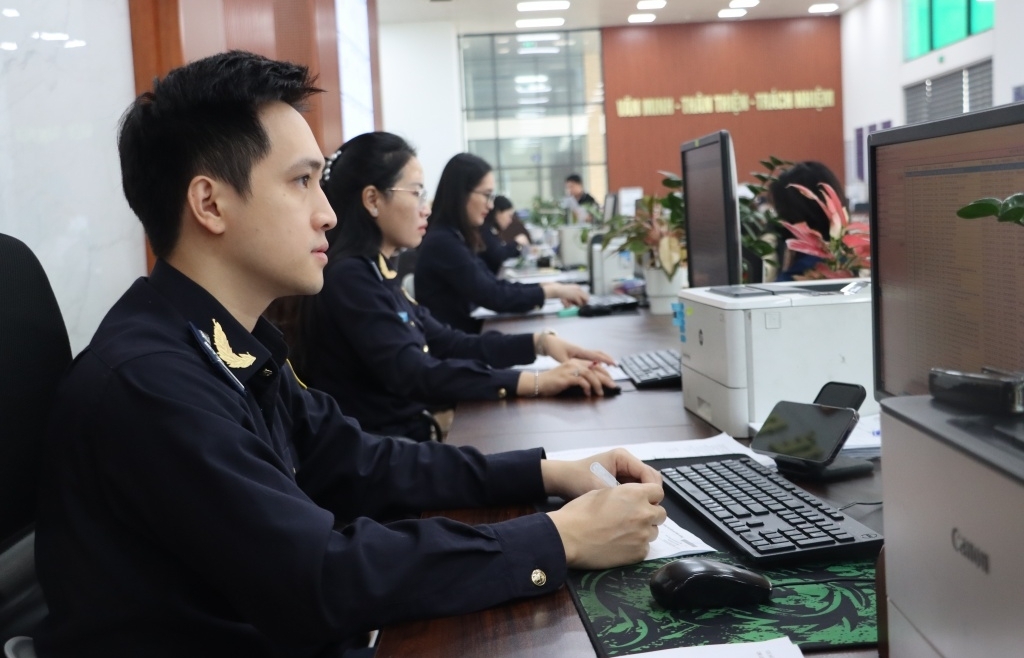
Lao Cai Customs attracts over 100 new businesses for customs procedures
09:34 | 16/11/2024 Customs

Vietnam Customs attends WCO’s flagship conference
09:33 | 16/11/2024 Customs
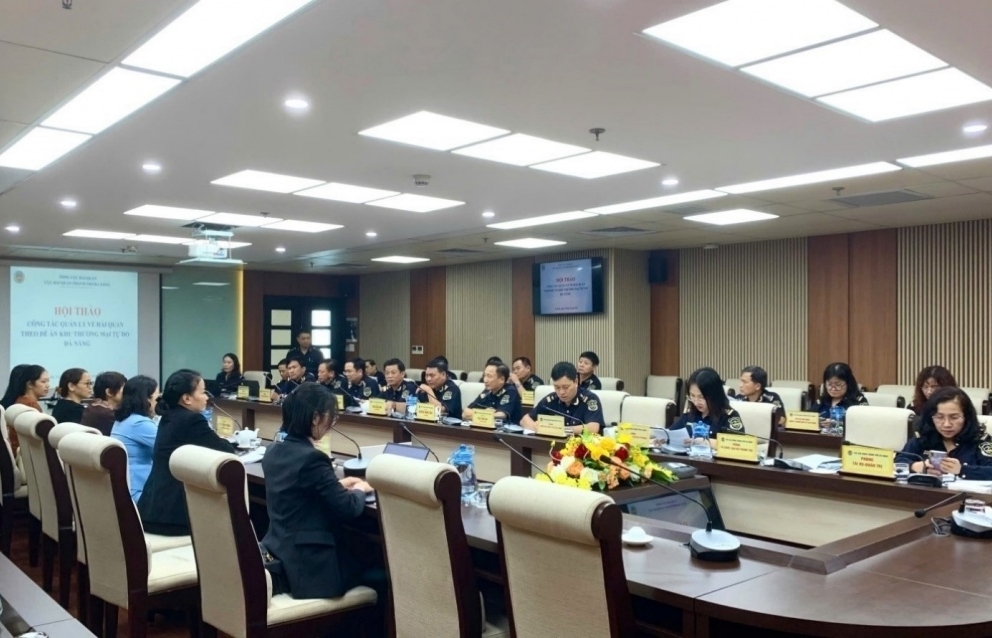
Da Nang Customs joins efforts to establish free trade zone proposal
10:56 | 15/11/2024 Customs
Your care

Southern Customs contributed many practical contents on customs supervision and control procedures
10:50 | 23/11/2024 Customs

Over 300 Southern enterprises attend workshop to provide feedback to the General Department of Vietnam Customs
10:50 | 23/11/2024 Customs

New Steering Committee to spearhead Customs Reform and Modernization
10:49 | 23/11/2024 Customs

Appointment of new Directors for the Customs Reform and Modernization Board and Anti-Smuggling and Investigation Department
13:41 | 22/11/2024 Customs

Binh Duong Seaport Customs Branch supports and facilitates enterprises
09:34 | 22/11/2024 Customs



